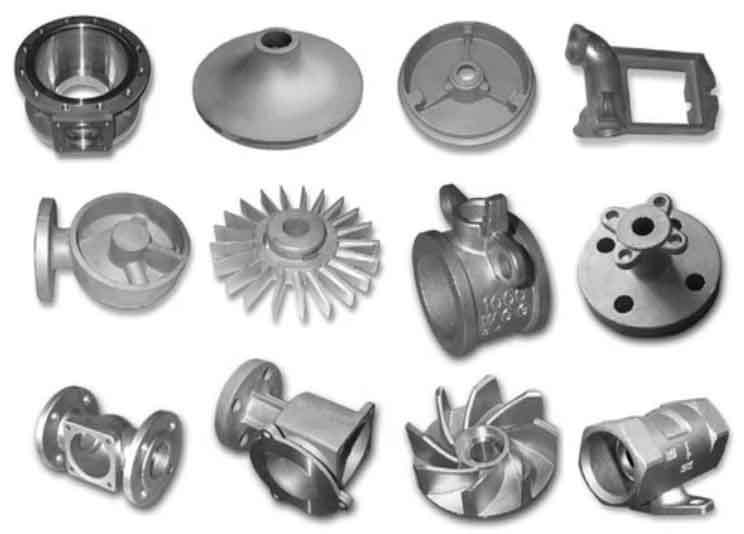Sustainable casting parts focus on reducing the environmental impact throughout their lifecycle, including material selection and recycling considerations. Here are some aspects to consider for sustainable casting parts:

- Material Selection: Choosing sustainable materials is crucial for environmentally friendly casting parts. Opt for materials that have a lower environmental footprint, such as recycled metals or alloys, responsibly sourced materials, or materials with a lower carbon footprint. Consider using materials with high recyclability and low energy consumption during production.
- Recycling and Reuse: Implementing recycling and reuse practices for casting parts can significantly reduce waste and conserve resources. Design parts with recyclability in mind, ensuring they are made from materials that can be easily recycled or reused in future production. Properly segregate and collect scrap materials during the casting process to facilitate recycling.
- Energy Efficiency: Focus on energy-efficient casting processes to minimize energy consumption and associated greenhouse gas emissions. Optimize process parameters, such as temperature, heating methods, and cycle times, to reduce energy requirements. Consider using renewable energy sources, such as solar or wind, to power casting operations.
- Waste Reduction: Implement measures to reduce waste generation during the casting process. Minimize excess material usage, optimize gating and riser design to reduce scrap, and implement efficient mold and core removal techniques. Implement waste management practices, such as recycling, composting, or responsible disposal of non-recyclable waste.
- Lifecycle Assessment: Conduct a lifecycle assessment (LCA) to evaluate the environmental impact of casting parts from raw material extraction to end-of-life. Identify areas of improvement, such as material choices, energy consumption, emissions, and waste generation, to implement sustainable practices and reduce the overall environmental impact.
- Collaboration and Certification: Collaborate with suppliers, foundries, and stakeholders to ensure sustainable practices throughout the supply chain. Look for casting manufacturers that have implemented sustainable initiatives, such as environmental management systems or certifications like ISO 14001. These partnerships can help promote sustainable materials, recycling practices, and responsible production.
- Continuous Improvement: Continuously seek opportunities to improve sustainability in casting part production. Encourage innovation and research in sustainable materials, casting processes, and waste reduction techniques. Stay updated on industry trends and emerging technologies that promote sustainability in the casting industry.
By considering material selection, recycling practices, energy efficiency, waste reduction, and collaboration with stakeholders, sustainable casting parts can be produced. This helps minimize environmental impact, conserve resources, and contribute to a more sustainable and circular economy.
